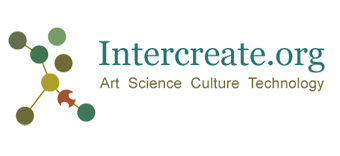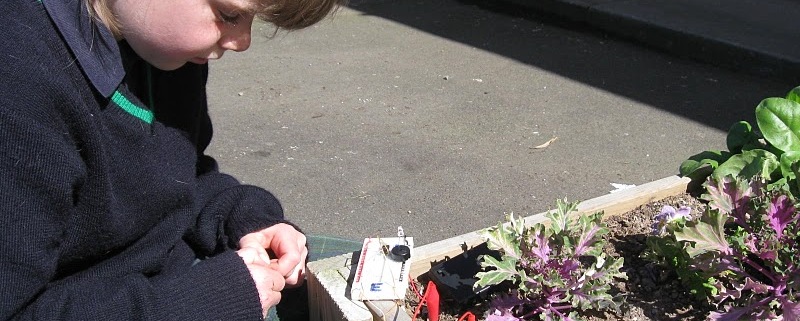 Leon Cmielewski and Josephine Starrs (http://lx.sysx.org) are artists whose long-term collaboration has produced a variety of screen-based installations. Their recent media artworks are situated at the juncture of cinema, information visualisation, and data mapping, playing off the tensions between the large and small screen, and between information and sublime landscape.
Leon Cmielewski and Josephine Starrs (http://lx.sysx.org) are artists whose long-term collaboration has produced a variety of screen-based installations. Their recent media artworks are situated at the juncture of cinema, information visualisation, and data mapping, playing off the tensions between the large and small screen, and between information and sublime landscape.
Cmielewski is a Design Lecturer at the School of Humanities and Communication Arts at the University of Western Sydney. Starrs is a Senior Lecturer and Chair of Film and Digital Art at Sydney College of the Arts, Sydney of University.
Selected Recent Solo Exhibitions
2012 Incompatible Elements Canberra Contemporary Artspace
2011 Incompatible Elements, Auckland Festival of Arts, MIC | Toi Rerehiko, Auckland,NZ.
2010 Incompatible Elements, Performance Space, Carriageworks, Sydney.
2010 Land[sound]scape installation, Chinese Garden of Friendship, Sydney.
2007 Plaything installation, Sydney College of the Arts.
2007 Seeker installation, Artspace, Sydney, NSW.
2006 Seeker installation, Experimental Art Foundation, Adelaide, S.A.
2002 Dream Kitchen, interactive animation, Institute of Modern Art, Brisbane.
Selected Recent Group Exhibitions
2012 Wonderland, New Contemporary Art from Australia, Museum of Contemporary Art, Taipei, Taiwan.
2011 Incompatible Elements, Sydney and Sookmyung Exhibition, Seoul, Korea
2011 Waterways, Urbanition, SFAC Gallery, San Francisco, USA.
2011 Waterways, Urbanition, Carriageworks, Sydney.
2011 a.k.a Utopia Now, MONA, Hobart, Tasmania.
2011 Kitchen Carnage<<<(((Mods&Hackers)))>>> Game Modification, Hacking,Patching, and Code-Based Practices within Contemporary Art, YoungProjects, Los Angeles, USA.
2010 Encoded, Art Taipei 2010, Taiwan.
2010 a.k.a Utopia Now Experimenta Media Art Biennale, Melbourne.
2009 sms origins, Big Screen project, Federation Square, Melbourne.
2008 Land[sound]scape installation. Guangzhou Triennial, Guangzhou, China.
2007 Seeker installation, Ars Electronica, Linz, Austria.
2006 Seeker installation, Contemporary Commonwealth 06, ACMI Melbourne Vic.
2005 In the Line of Flight, Beijing, China. Floating Territories installation.
2004 Media_city Seoul 2004, Bio-Tek Kitchen, computer game modification.
2004 ISEA2004, Finland. Floating Territories installation.
2003 Bio-Tek Kitchen, House of Tomorrow, Experimenta, Black Box, Melbourne.
2003 Computerspiele von Kunstlerinnen, Hartware, Dortmund, Germany, Bio-Tek Kitchen,
computer game modification.
2003 Version03, Museum of Contemporary Art, Chicago, Bio-Tek Kitchen.
2002 Trace, installation, Sydney Records Centre, The Rocks, Sydney.
2002 Transmediale Media Arts Festival, Berlin, a.k.a. digital video.
2002 European Media Arts Festival, Osnabrük, Germany a.k.a. digital video.
2002 Contagion, Auckland, New Zealand. a.k.a. digital video.
Selected Published Reviews
J. Randerson RealTime issue#104 August/September 2011. Critical Flows: climates and peoples. Review of Incompatible Elements solo show at the Auckland Arts Festival, NZ
J. Sjaastad ArtRadar Asia interview March 2011. Words in Art: Australian artist Josephine Starrs maps rivers with poetry.
J. Hurrell EyeContact, March 2011 Review of Incompatible Elements solo show at the Auckland Arts Festival, New Zealand.
K. Gallasch RealTime issue #95 Feb-March 2010 Lake Mungo as Medium
Review of Land[sound]scape Chinese Garden of Friendship, Sydney.
A. Finegan Artlink Vol 27, no3, 2007 Databases: Recombinant Interactives.













